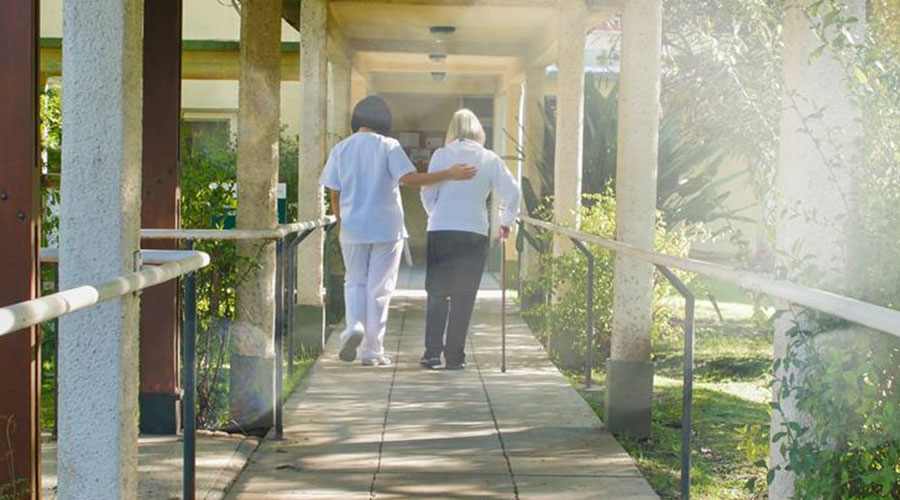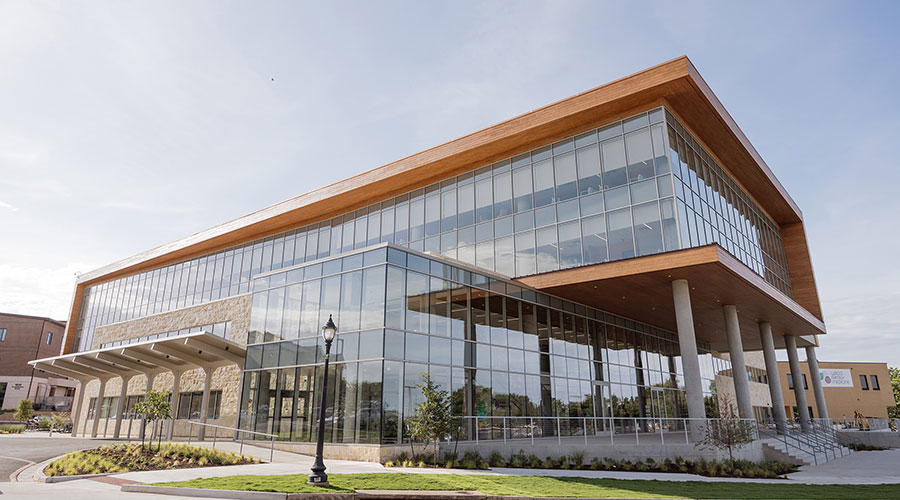We’ve all heard the saying “a penny saved is a penny earned.” But when it comes to energy, the truth is closer to “a penny spent is a penny earned.” Running a hospital can mean big spending, so implementing the best energy management strategies is essential for long-term saving. Running a hospital means taking the reins on your energy output by making smart energy-saving investments. Here are my four best tips for “spending to save:”
-
Invest in New Appliances
Having the best appliances is a necessary expense for hospitals, but it’s not always an easy decision. While it may be tempting to purchase the most reasonably-priced options, in the long run those products can end up costing more because of their energy inefficiency. Appliance purchases are an instance where higher spending pays off. Though the costs can seem overwhelming in the short-term, investing in the most energy efficient appliances—particularly those with an Energy Star rating, which use 10-50% less energy than standard appliances—will always pay off in the long-term.
-
Invest in Energy Management
If you’re not watching your hospital’s energy output closely, costs can get steep very quickly. But managing current output is only half the battle—predicting your future energy output is arguably the bigger budgetary challenge. From changes in the market to uncertain weather patterns, having the right tool with the most relevant information available is well worth the investment. There are so many unpredictable factors when it comes to managing a hospital; energy spending shouldn’t be one of them.
-
Invest in LED
As a hospital manager, you know lighting is valuable to your patients. You likely also know the benefits of LED lighting: they are 75% more energy efficient, completely weatherproof, and better for the environment and your electricity bills. While LED-retrofitting can be a big up-front expense, those costs are worth re-examining in a different light. In addition to various tax incentives and rebates, companies that offer LED-retrofitting will often roll the installation fees into the monthly electricity costs, providing a flexible financial option that makes the investment as easy as changing a light bulb; literally!
-
Invest in Retro Commissioning
Just as cars need tune-ups from time to time, buildings need assessments to ensure they’re operating at peak efficiently. This process is called retro commissioning, and it can include a review of anything from HVAC and electrical systems, to insulation and structural integrity. Optimizing a hospital’s framework can reduce long-term operation and energy costs by at least 15%, but may also prevent any unexpected issues in the future. Though the investment may vary depending on the extent and type of updates recommended, the long-term benefits are certain to outweigh the costs.
If you run a hospital, you know that spending money is one of the most challenging parts of the job, taking great planning and precision. But you also know that spending smart can make your hospital a top-notch facility. So, it’s up to you to decide if your business strategy is to save your pennies for a rainy day—or spend your pennies to make it rain.
Matthew Lanfear is the CEO of Great Eastern Energy Connect with him on LinkedIn and @GrtEastEnergy on Twitter. For more information, please visit www.greateasternenergy.com.

 Design Collaboration with Medical Professionals Increases Operational Efficiency
Design Collaboration with Medical Professionals Increases Operational Efficiency Franciscan Health Dyer to Convert to Behavioral Health Campus
Franciscan Health Dyer to Convert to Behavioral Health Campus Designing Hospitals for Wellness
Designing Hospitals for Wellness Baptist Health Announces New Cancer Care Center in Key West
Baptist Health Announces New Cancer Care Center in Key West Waco Family Medicine Achieves Savings and Bold Design with Wood Selections
Waco Family Medicine Achieves Savings and Bold Design with Wood Selections